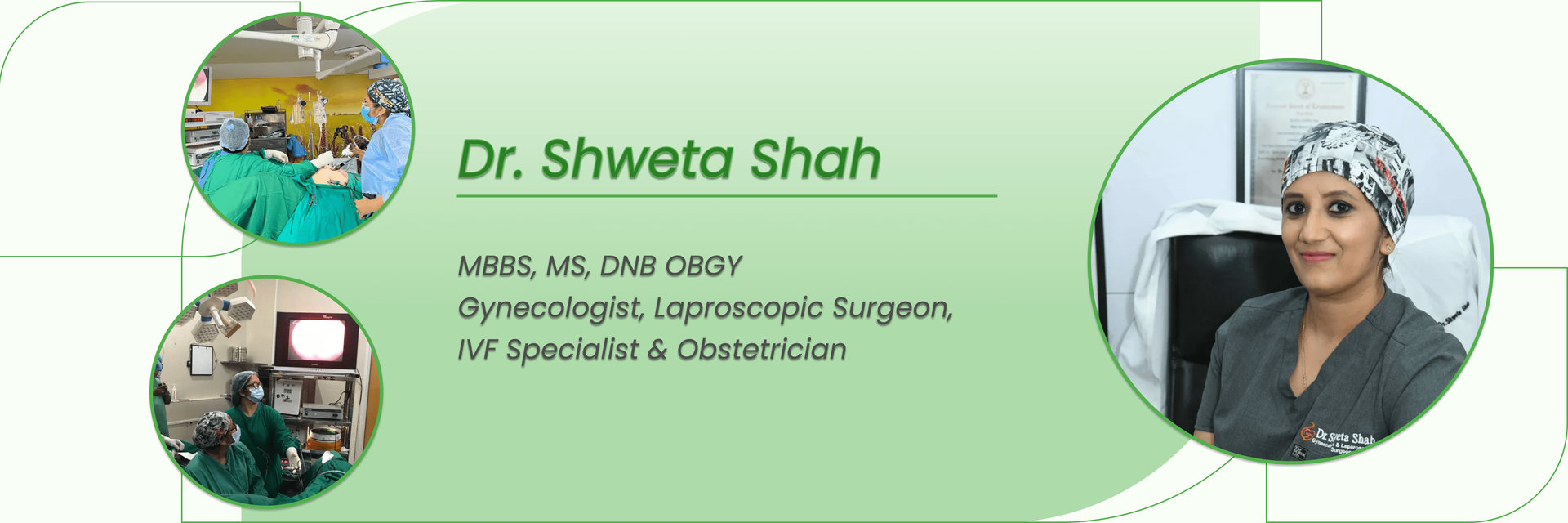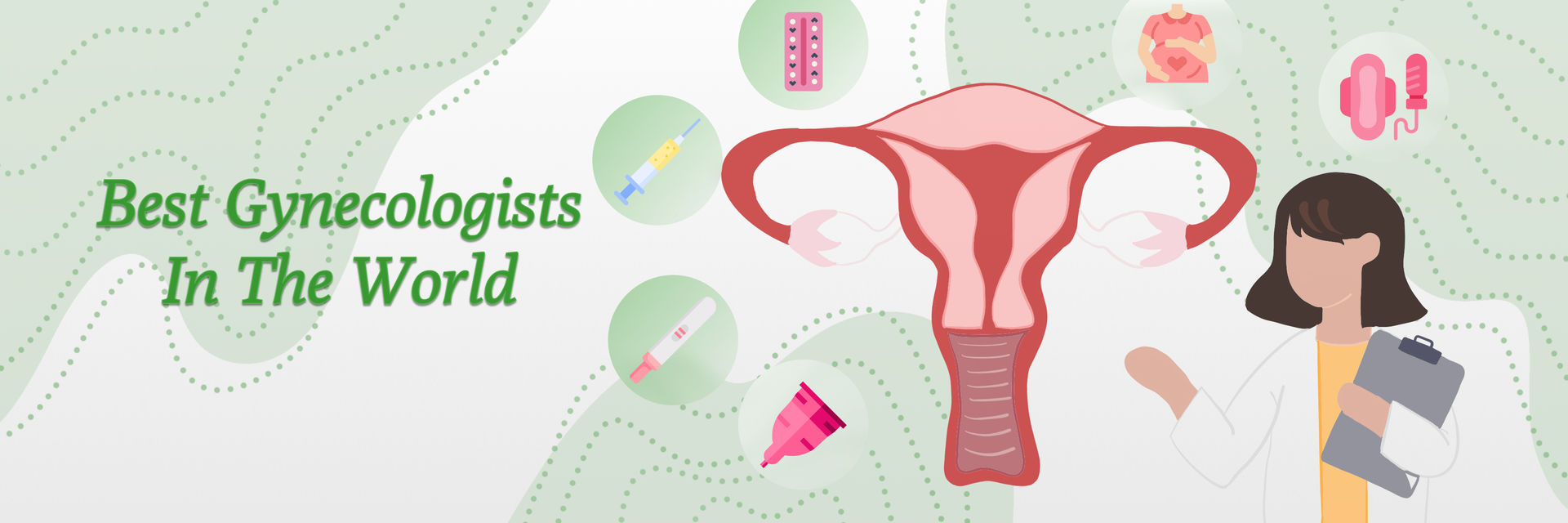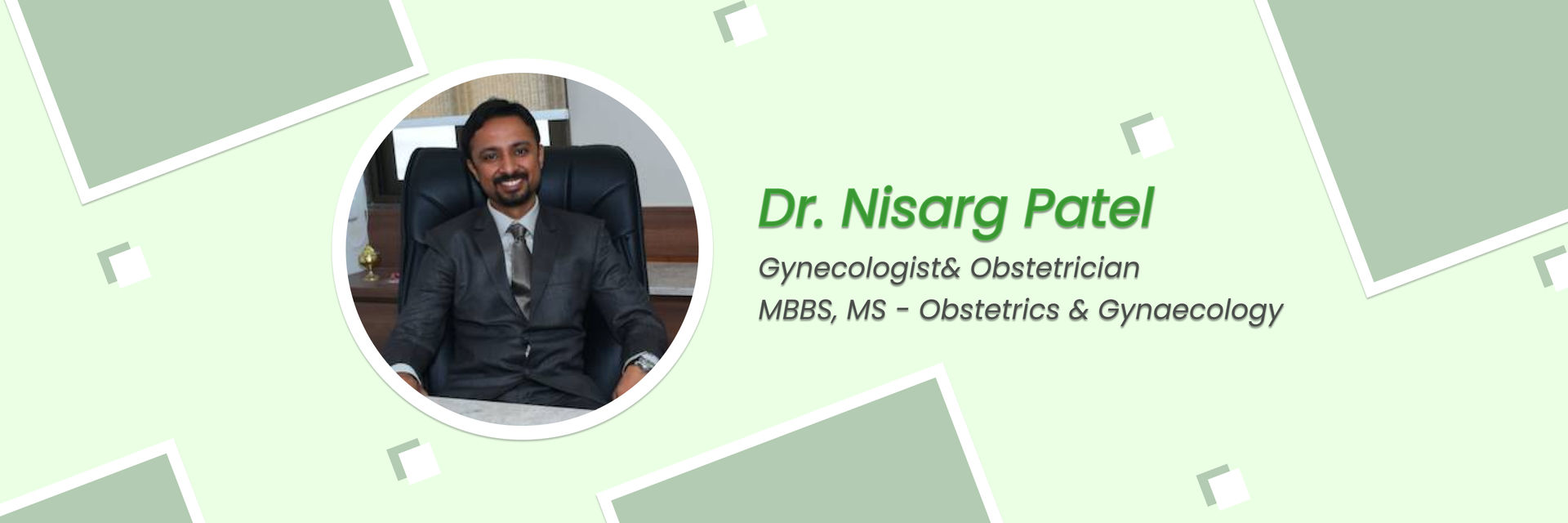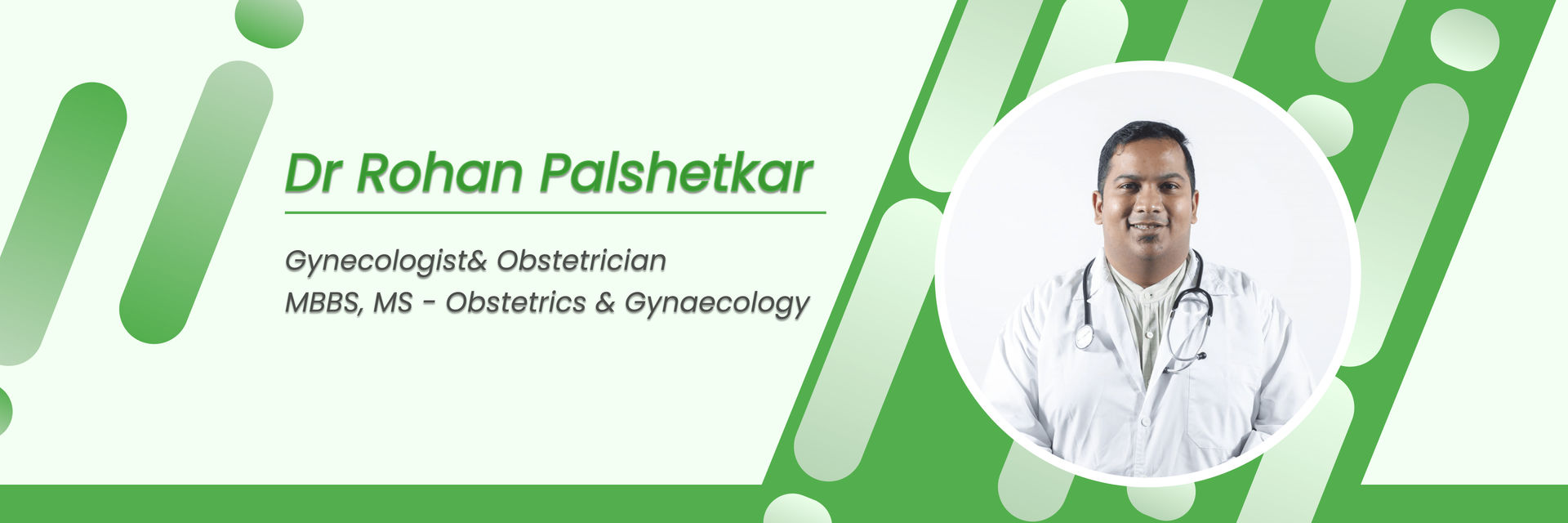Adenomyosis after menopause is a rare occurrence. Adenomyosis is often seen in women in their 30s to 50s before menopause. It can impact fertility in about 11-12% of cases. But, recent studies show that up to 9% of adenomyosis cases are postmenopausal. Stay with us till the end to gain expert insights into adenomyosis after menopause.
So, let’s see how adenomyosis is connected to menopause and how long it will last.
What Is Adenomyosis and How Does It Relate to Menopause?
Adenomyosis is a medical condition that affects the uterus. It specifically affects the endometrium, the uterus's inner lining. In adenomyosis, the tissue that usually lines the uterus begins to grow into the muscular walls of the uterus. This can result in an enlarged uterus. It may cause other symptoms like heavy menstrual bleeding, pelvic pain, and discomfort.
As for the relationship between adenomyosis and menopause, it's important to understand how menopause affects the female reproductive system. Menopause is a natural biological process that marks the end of your reproductive years. It typically occurs in women after age 50.
Empower your menopausal journey by understanding adenomyosis—take charge of your health, contact us today!
During menopause, there are significant hormonal changes in your body. Particularly a decline in estrogen levels. Since adenomyosis is influenced by estrogen, the hormonal changes in menopause can impact it. As estrogen levels decrease, the symptoms of adenomyosis may improve or be resolved.
Sometimes, women may not be diagnosed with adenomyosis until menopause or afterwards. Because the symptoms may subside with the hormonal changes. But, not all women with adenomyosis will experience an improvement in symptoms with menopause.
Can Adenomyosis Persist After Menopause?
Adenomyosis is most commonly diagnosed in women between the ages of 30 and 50, but it can occur at any age. In some cases, adenomyosis symptoms may persist or even develop after menopause.
Let’s look at a few reasons why adenomyosis might persist after menopause:
- Hormone Replacement Therapy: Women undergoing hormone replacement therapy after menopause may continue experiencing symptoms of adenomyosis. HRT involves taking estrogen and sometimes progesterone to ease menopausal symptoms. So, this can contribute to the persistence of adenomyosis.
- Estrogen Production in Other Tissues: After menopause, ovaries make less estrogen, but other tissues, like fat cells, still produce some. This residual estrogen may be sufficient to maintain adenomyosis symptoms.
- Misdiagnosis or coexisting conditions: It's also possible that the initial diagnosis was incorrect or that other conditions are causing similar symptoms. It can be difficult to diagnose from the beginning.
- Incomplete Menopause: Some women may not have a complete cessation of menstrual cycles after menopause. This is called perimenopause. Any remaining hormonal activity could contribute to the persistence of adenomyosis.
What Symptoms of Adenomyosis Disappear After Menopause?

The symptoms of adenomyosis are often related to the menstrual cycle and hormonal fluctuations. After menopause, when menstrual cycles stop, many symptoms associated with adenomyosis may improve or disappear.
Some of the symptoms that tend to decrease or resolve after menopause include:
- Menstrual Pain: Adenomyosis is often associated with severe menstrual cramps. After menopause, when menstrual cycles stop, the pain related to menstruation typically decreases or disappears.
- Heavy Menstrual Bleeding: Adenomyosis can cause heavy or prolonged menstrual bleeding. After menopause, since there is no menstrual cycle and bleeding stops, this problem will be resolved.
- Pelvic Pain: Chronic pelvic pain, which is experienced outside of menstruation, can improve after menopause. The reduction in hormonal fluctuations, particularly estrogen, contributes to this relief.
- Bloating and Swelling: Adenomyosis patients may experience bloating and swelling. This can worsen during the menstrual cycle. After menopause, when hormonal fluctuations decrease, these symptoms may diminish.
Even though symptoms often improve after menopause, the adenomyosis itself may not completely disappear. However, the associated symptoms are generally eased. This is due to the absence of menstrual cycles and the resulting decrease in hormonal activity.
Are you suffering with any of these symptoms?
Prioritize your health and for any gynecological problems post- menopause- Get in touch with us to seek a consultation with expert professionals.
How is Adenomyosis Diagnosed in Post-Menopausal Women?
It is typically a condition that affects pre-menopausal women, as the symptoms often improve after menopause. However, in some cases, adenomyosis can persist or develop in post-menopausal women. Diagnosis in post-menopausal women can be challenging because the symptoms may overlap with other gynecological conditions. Also, the condition itself is less common in this age group.
Let’s look at some methods used for diagnosis:
- Medical history: Your thorough medical history is required. It includes details about your symptoms, medical conditions, and any previous surgeries.
- Physical examination: A physical examination, including a pelvic exam, is done
- Transvaginal ultrasound: This will visualize the uterus and its structures. However, the accuracy of ultrasound in diagnosing adenomyosis can vary.
- Magnetic Resonance Imaging: MRI can provide detailed images of the internal structures of the pelvis. It allows a more accurate diagnosis of adenomyosis. It is often more reliable than ultrasound. Studies show that adenomyosis can be diagnosed using MRI with a diagnostic accuracy of 85%.
- Endometrial Biopsy: A biopsy of the endometrial tissue is done to rule out other conditions, like endometrial cancer. Adenomyosis itself may not be directly diagnosed. But it can help exclude other possibilities.
- Hysteroscopy: Hysteroscopy involves inserting a thin, lighted tube through the cervix to view the inside of the uterus. This will examine your uterine cavity.
Monitoring symptoms is the key to starting early treatment. If you are post-menopausal and have signs suggesting adenomyosis, like pelvic pain or abnormal bleeding, then your doctor will investigate further.
Wondering if you will get relief from the troubling symptoms of adenomyosis after menopause? Let's find out about the treatment options.
What Are the Treatment Options for Adenomyosis After Menopause?
Treatment options for adenomyosis in post-menopausal women may vary depending on the severity of symptoms, overall health and individual preferences. In some cases, symptoms may persist, or new symptoms may arise.
Let’s look at some treatment options for adenomyosis in post-menopausal women:
- If your symptoms are mild or manageable, your doctor may recommend monitoring symptoms without immediate medical intervention.
- Over-the-counter pain relievers may be recommended. They will ease pain and discomfort.
- Hormone Therapy: Hormone therapy may be considered to manage symptoms. Hormonal treatments are generally not used in post-menopausal women. In some cases, low-dose hormonal therapy is prescribed for symptomatic benefits. Studies have shown that only half of the patients benefit from progesterone therapy.
- Uterine Artery Embolization: The blood supply to your uterus is selectively blocked in this procedure. This causes a reduction in adenomyosis-related symptoms.
- Hysterectomy: Doctors recommend hysterectomy in severe cases or when symptoms significantly impact the quality of life. Hysterectomy involves the removal of the uterus and is considered a definitive treatment for adenomyosis.
If you are post-menopausal with symptoms suggestive of adenomyosis, then consult with your doctor for evaluation. The treatment choice will depend on your specific circumstances and the impact of symptoms on your well-being.
Are There Any Complications of Adenomyosis to Be Aware of After Menopause?
After menopause, the symptoms of adenomyosis often improve as estrogen levels decrease. However, there are potential complications associated with adenomyosis. So, be aware of them, even after menopause.
Keep a watch for these potential complications:
- Persistent Symptoms: While many women experience relief from adenomyosis symptoms after menopause, some may continue to have symptoms like pelvic pain or heavy bleeding.
- Endometrial Cancer Risk: Adenomyosis itself cannot cause endometrial cancer. But the use of hormone replacement therapy to manage symptoms may increase the risk of endometrial cancer.
- Impact on Quality of Life: Symptoms can significantly affect your quality of life by causing pain and discomfort and disrupting your daily activities. Persistent symptoms after menopause may become challenging in daily life.
- Impact on Sexual Health: Pelvic pain and discomfort can affect sexual health.
- Psychological Impact: Chronic conditions like adenomyosis can have psychological implications. They may affect emotional well-being and mental health.
- Coexisting with other conditions: Studies have shown that adenomyosis often coexists with other gynecological conditions, such as endometriosis or fibroid.
- Treatment-Related Complications: Some treatment options, such as surgeries like hysterectomy, have potential complications. These can include surgical risks, recovery challenges, and changes in hormonal status.
It's crucial, if you have adenomyosis, to pursue regular follow-up appointments with your doctor even after menopause. This allows for monitoring symptoms, evaluating treatment effectiveness, and addressing new concerns or complications.
The final word is to be vigilant for any potential problems post-menopause.
Take charge of your post-menopause health -- Seek a consultation with professionals with expertise and experience.
References:
https://emedicine.medscape.com/article/2500101-overview?form=fpf
https://www.ncbi.nlm.nih.gov/pmc/articles/PMC7927213/
https://www.ncbi.nlm.nih.gov/books/NBK539868/






